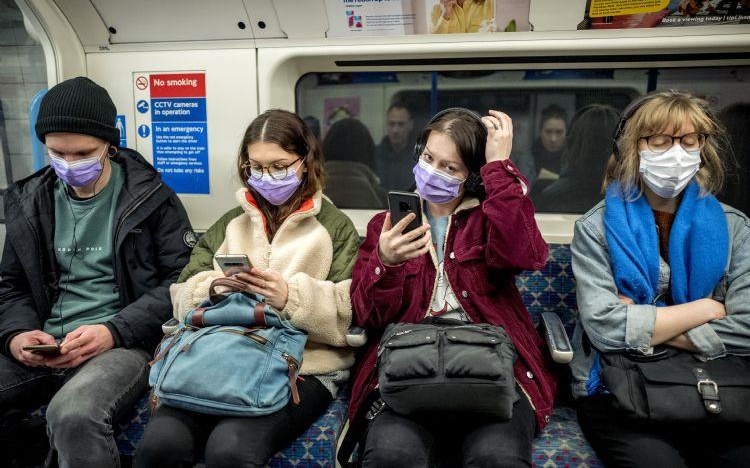Originally published by the Birmingham Brief:
The path is clear: a proportion of the UK population will be infected by Coronavirus, COVID-19. Echoing China and Italy, the vast majority of people infected will present with no or mild symptoms and recover quickly. Others — largely people over 60 years of age or those harboring pre-existing medical conditions — may present with severe disease and suffer a high rate of mortality.
In the past days, COVID-19 infections in the UK have surged into the hundreds per day, with a death toll of 105. The numbers are similar to other countries during early stages of the outbreak; however, the notable difference from the China and Italy epidemics is the apparent lack of a major outbreak epicenter. Is this a blessing or a curse? Will the geographical distribution of UK infections flatten the infection curve? Will it contribute to slowing the spread of infection and thereby lower the regional burden on the health care system? Or will this merely result in multiple large outbreak epicenters?
See also EA on talkRADIO: UK Week in Review — Sense and Sensibility About Coronavirus
Instead of waiting to find out, lessons learned in China and Italy suggest the time to act is now, before the curve goes exponential. Without a vaccine or effective antiviral agents, rigorous social distancing measures should be implemented such as self-quarantine, especially for Individuals in high-risk groups); cancellation of public events; closure of schools; and work from home or paid leave programs. should be put in place. Widespread infection testing, beyond probable cases, is needed to assure accurate surveillance.
While difficult to implement, these strategies have proven successful at slowing the spread of infection, not only with COVID-19 but with Smallpox and the 1918 influenza pandemic. Italy, Spain, France and Germany have already implemented these strategies and the UK should follow suit.
Implementation may give the UK the time needed to build population level immunity, which will serve to shield the most vulnerable and decrease mortality rates. This will buy the precious time needed to understand the progression of the disease and to develop much needed antiviral responses.
In this age of social media, video conferencing, and multiple alternatives means for non-face-to-face communication, these are small prices to pay to fulfil our social responsibility, flatten the curve, and shut the door on COVID-19.

